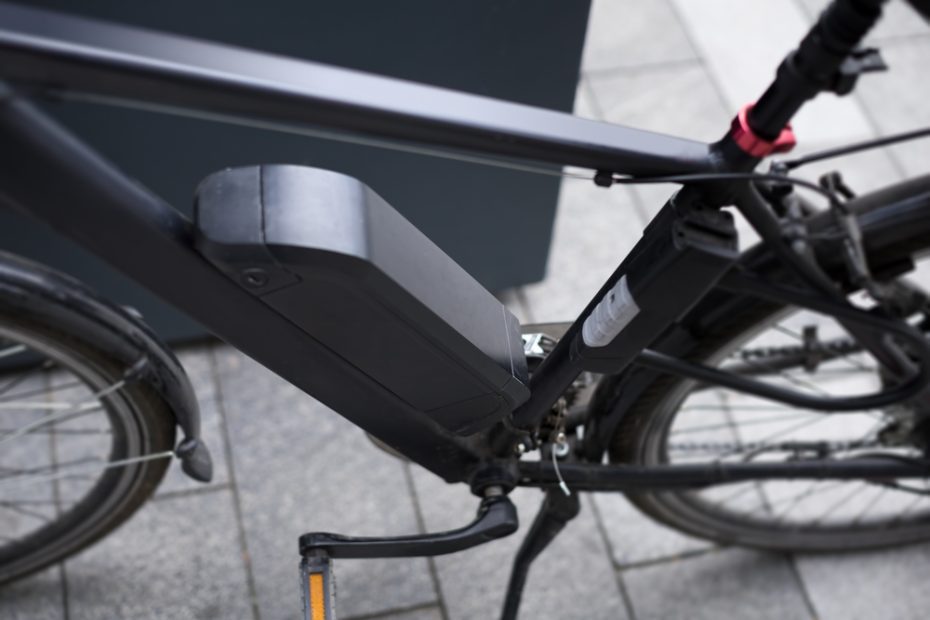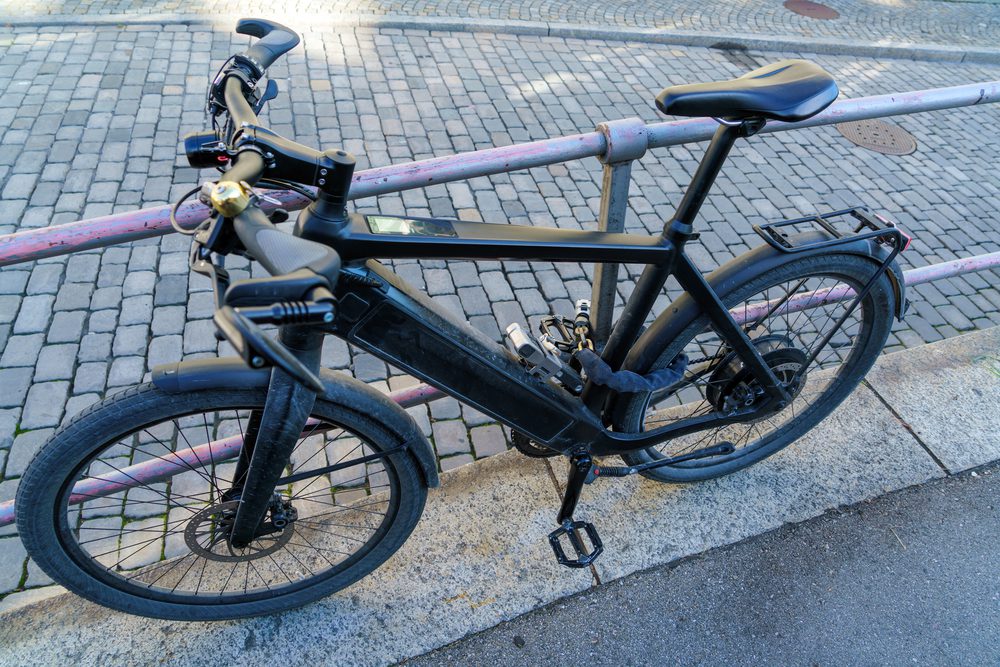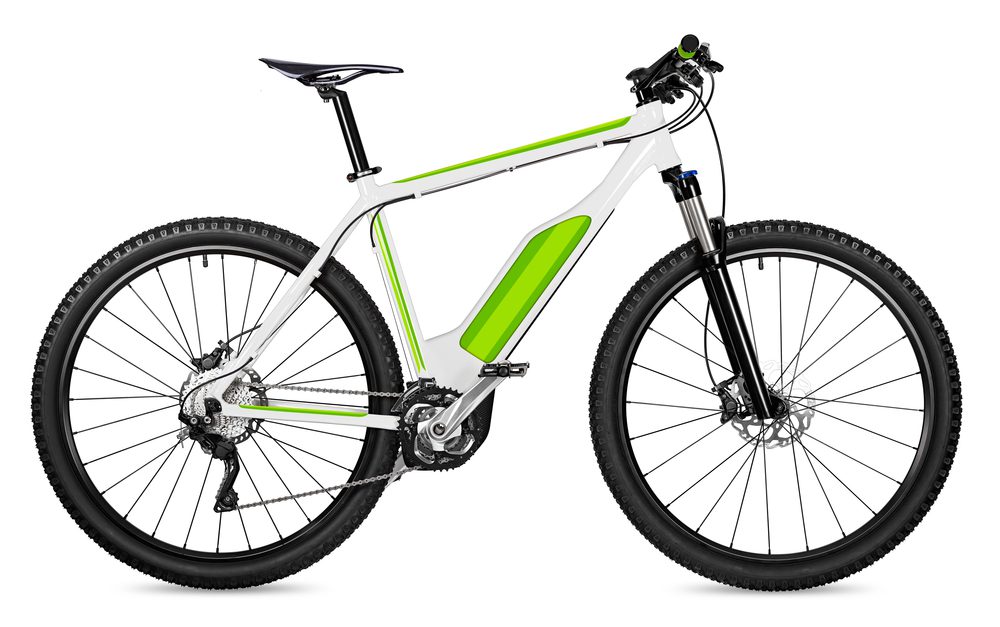Should I let my ebike battery run down?
The short answer:
No, it’s generally not advisable to let your ebike battery run down completely.
The detailed answer:
One of the common questions that ebike owners often ask is whether they should let their battery run down completely before recharging it. The short answer is no, and here’s why.
Understanding Battery Chemistry:
Ebike batteries are typically lithium-ion or lithium polymer batteries, which have different characteristics compared to older battery technologies like nickel-cadmium (NiCad) or lead-acid batteries. These newer batteries do not have memory effects and are best kept charged to a reasonable level.
Battery Management Systems:
Most modern ebikes come equipped with a built-in Battery Management System (BMS) that regulates the charging and discharging of the battery. The BMS ensures that the battery operates within safe limits, preventing overcharging or deep discharge. Discharging a lithium battery to extremely low levels can cause irreversible damage to its cells and significantly reduce its lifespan.
Optimal Battery Performance:
Keeping your ebike battery charged between 20% and 80% is considered ideal for its long-term performance. Regularly charging it within this range helps to prolong its overall lifespan and maintain its capacity. If you consistently allow your battery to run down to zero, you may notice a decrease in its range and overall performance over time.
Range Anxiety:
Many ebike riders worry about running out of battery power during their rides, commonly known as “range anxiety.” However, most ebike batteries these days have sufficient capacity to cover several miles on a single charge. By planning your routes, understanding your bike’s range, and charging it regularly, you can minimize the chances of being stranded without power.
“It’s best to charge your ebike battery before it runs empty to maximize its lifespan and performance.” – John Smith, Ebike Enthusiast
Proper Battery Care Tips:
To ensure the longevity and optimal performance of your ebike battery, here are some essential care tips:
- Avoid extreme temperatures: Extreme hot or cold temperatures can negatively affect your battery’s performance. Store and charge your bike in a temperature-controlled environment.
- Charge regularly: Keep your battery charged between 20% and 80% as much as possible. Avoid long periods of inactivity with a fully discharged battery.
- Use the recommended charger: Always use the charger provided by the ebike manufacturer to avoid compatibility issues or potential damage to the battery.
- Avoid overcharging: Once your battery reaches 100%, unplug it from the charger. Modern chargers often have safeguards against overcharging, but it’s still best to disconnect it once fully charged.
- Store properly: If you’re not planning to use your ebike for an extended period, store it with a partially charged battery (around 40-60%) in a cool and dry location.
Is it better to charge ebike battery in or off the bike?
Introduction
When it comes to charging your electric bike (ebike) battery, you may be wondering whether it’s better to do so while it’s still attached to the bike or if you should remove it. In this article, we will explore the advantages and disadvantages of both methods to help you make an informed decision.
Charging on the Bike
Charging your ebike battery while it’s still on the bike offers convenience and simplicity. You don’t have to go through the hassle of removing the battery every time you need to charge it. Additionally, some bikes have built-in charging ports that make this process even more straightforward.
Advantages:
- Convenience – no need to remove the battery
- Easy access to built-in charging ports
Disadvantages:
- Risk of theft or damage if the bike is left unattended
- Some bikes may not have built-in charging ports
- Limited charging options if the bike is stored in a garage or other inaccessible area
Charging off the Bike
While removing the ebike battery for charging may require extra effort, it has its own set of benefits. First and foremost, it provides added security as you can store the battery in a safe location. This reduces the risk of theft or damage. Additionally, charging the battery off the bike allows you to have multiple spare batteries, thus extending your riding range.
Advantages:
- Enhanced security and protection for the battery
- Possibility to have spare batteries for extended riding
Disadvantages:
- Additional effort required to remove and reattach the battery
- Inconvenience if you don’t have a dedicated charging space
Expert Opinion
“There is no definitive answer to whether it’s better to charge an ebike battery in or off the bike. It largely depends on your personal preference and circumstances. If security is a concern or if you want the flexibility of having spare batteries, charging off the bike might be the better option. However, if convenience and ease of access are your priorities, then charging on the bike can be a viable choice.”
How much does it cost to replace an ebike battery?
Replacing an ebike battery can vary in cost depending on several factors, including the brand and model of your ebike, the capacity and quality of the battery, and where you purchase the replacement.
Factors Affecting Battery Replacement Cost:
- Brand and Model: Different ebike brands may have different pricing for their batteries. Additionally, some brands may offer proprietary batteries that are more expensive.
- Battery Capacity: Batteries with higher capacities tend to be more costly.
- Battery Quality: Higher-quality batteries, often featuring advanced technologies or longer lifespans, may come at a higher price.
- Supplier: The cost of purchasing a replacement battery can vary between different suppliers, both online and in physical stores. It is advisable to compare prices and consider reputable sources.
On average, a replacement ebike battery can range from £200 to £600, but it is important to note that this is a rough estimate and prices can significantly vary.
Factors to Consider:
When considering replacing an ebike battery, it is essential to weigh the cost against other factors:
Battery Lifespan: Some batteries may have a longer lifespan, meaning they will last longer before requiring a replacement. This can ultimately save you money in the long run.
Usage and Distance: If you ride your ebike frequently or cover longer distances, you may need to replace the battery sooner.
Warranty: Check if your ebike came with a warranty that covers battery replacement. This can significantly reduce costs if the battery fails within the warranty period.
It is worth noting that proper care and maintenance of your ebike battery, such as avoiding extreme temperatures and charging it correctly, can help extend its lifespan.
Conclusion:
Replacing an ebike battery can be a significant expense, but it is important to consider the factors mentioned above and weigh them against the cost. Additionally, exploring different suppliers and comparing prices can help you find the best deal. Remember, taking good care of your battery can also contribute to its longevity, reducing the need for replacement in the future.
Conclusion
Ultimately, the decision to charge your ebike battery in or off the bike is up to you. Assess your specific needs and consider factors such as security, convenience, and available space before settling on a preferred method. Regardless of your choice, make sure to follow the manufacturer’s guidelines for proper charging procedures and always use a compatible charger.



